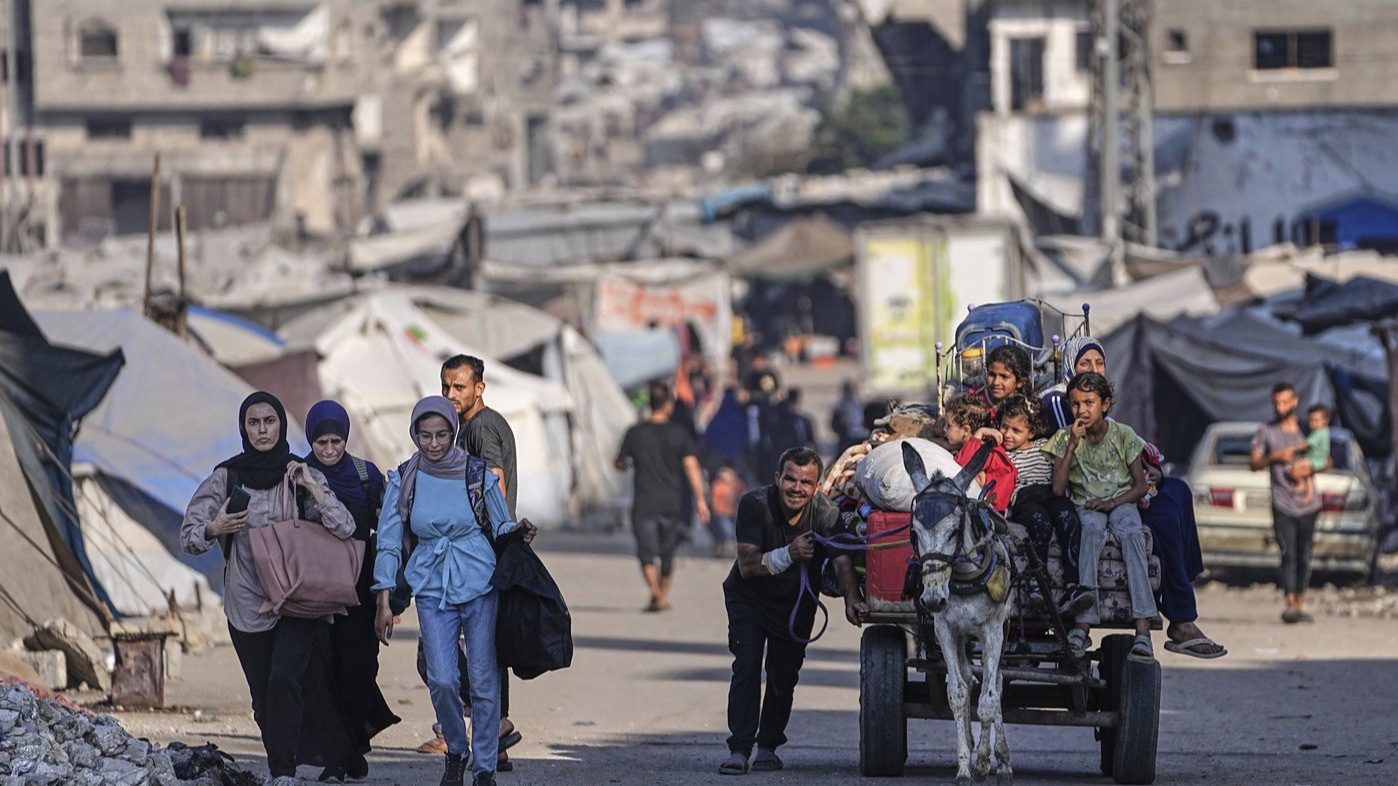When Relief Meets Ruin Palestinians Confront Joy And Monumental Grief
Written byTimes Magazine
The announcement of a ceasefire agreement between Israel and Hamas, brokered after years of devastating conflict, has triggered a wave of intense and conflicting emotions across the Gaza Strip. While crowds poured into the ravaged streets to celebrate the end of the immediate bloodshed with tears of relief and celebratory chants, this fragile moment of joy is irrevocably intertwined with a profound, collective grief. For Palestinians, the cessation of violence does not signify a return to normalcy, but rather the sobering commencement of reckoning with the catastrophic human and physical cost of the war. This dual emotional reality is the defining characteristic of the ceasefire’s aftermath.
The sheer relief that accompanies the halt of constant bombardment is immediate and visceral. Displaced families who have endured repeated evacuations and months of terror find a desperate hope in the silence. It represents the promise of simply being able to sleep without the fear of a strike, a chance to search for loved ones, and, crucially, an opportunity to stop fighting for survival and begin the agonizing process of mourning. As one resident noted, the ceasefire provides permission to finally grieve the enormous losses the thousands of lives, the homes, and the entire neighborhoods reduced to rubble. The momentary burst of celebration is less about "victory" and more about the fundamental human desire to stop the continuous, relentless pain.
However, the joy is deeply tempered by the weight of memory and the vast scale of destruction. Many Palestinians express a chilling skepticism, hardened by the history of previous failed truces and the overwhelming sense of loss. How can one truly celebrate when entire family lines have been lost, when schools and hospitals lie in ruin, and when the future remains shrouded in uncertainty? This is the point where relief gives way to the painful confrontation of reality. The immediate safety provided by the truce brings with it the difficult task of returning to what remains of their former lives, forcing survivors to face the empty spaces where their loved ones and homes once stood. This is where the emotional toll becomes clear: the widespread psychological effects of displacement, injury, and trauma will require decades to address.
The road ahead is universally acknowledged to be daunting. Reconstruction of the territory is estimated to take generations, a staggering prospect given the current humanitarian crisis and widespread famine. Beyond the physical rebuilding, there is the colossal task of rebuilding trust, community, and the shattered lives of hundreds of thousands of individuals. For now, the ceasefire offers a crucial but fleeting chance for the people of Gaza to breathe, to pause, and to begin processing the trauma. Their reaction a heartbreaking mixture of cautious celebration and deep, pervasive sadness underscores that while the war may stop, the scars of genocide and conflict will endure long after the last bullet is fired. The collective memory of loss ensures that this moment of peace is saturated with pain.


